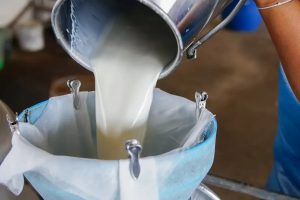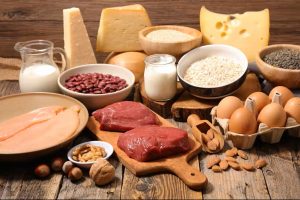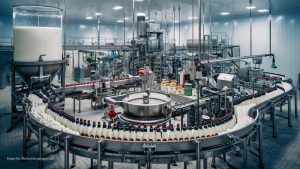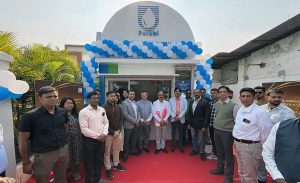
A third of India’s $567 million of dairy exports were headed to the US in 2023, with most of the exports in butter, ghee and other oils derived from milk. US top trading partner with 12 nations.
Besides steel and aluminium, which are bound to face higher tariffs for imports to the US from March 12, another flashpoint for US President Donald Trump is the dairy trade. A Moneycontrol analysis shows that US action on the front is expected to hurt most countries, including India, as the North American nation accounts for nearly 4 percent of global dairy imports and over 6 percent of exports.
The US was among the top 10 importers for half of the 118 countries that export dairy products in 2023. In the case of India, the US accounted for nearly 30 percent of India’s exports, with another significant portion going to the Middle East.
Most of the items headed towards the US are in form of butter, ghee and other oils derived from milk, as it accounts for $143 million of the $168 million of exports from India.
The US President vowed to retaliate against Canada with new dairy tariffs last week.
“Canada has been ripping us off for years on lumber and on dairy products,” the US President said on March 7.
Trump’s blanket tariffs against China invited ire from the Chinese side, with the country imposing tariffs on dairy imports from Washington.
Trump’s action and retaliation to them are expected to threaten $11 billion or nearly 10 percent of global trade.
More important is the number of countries that will likely be impacted by the US action on dairy imports.
While the US ranks behind Germany, China, Netherlands, Italy in terms of global imports, it ranks among the top 10 importers for 59 of the 118 countries that export dairy products.
Among these, the US was among the top 3 importers of dairy products in 23 nations, of which it was the top importer for 12, including India.
Nearly 84 percent of the exports of dairy from Israel were headed to the North American country.
The US accounted for over 60 percent of exports of dairy products from Mexico and Canada.
You can now read the most important #news on #eDairyNews #Whatsapp channels!!!
🇮🇳 eDairy News ÍNDIA: https://whatsapp.com/channel/0029VaPidCcGpLHImBQk6x1F

















